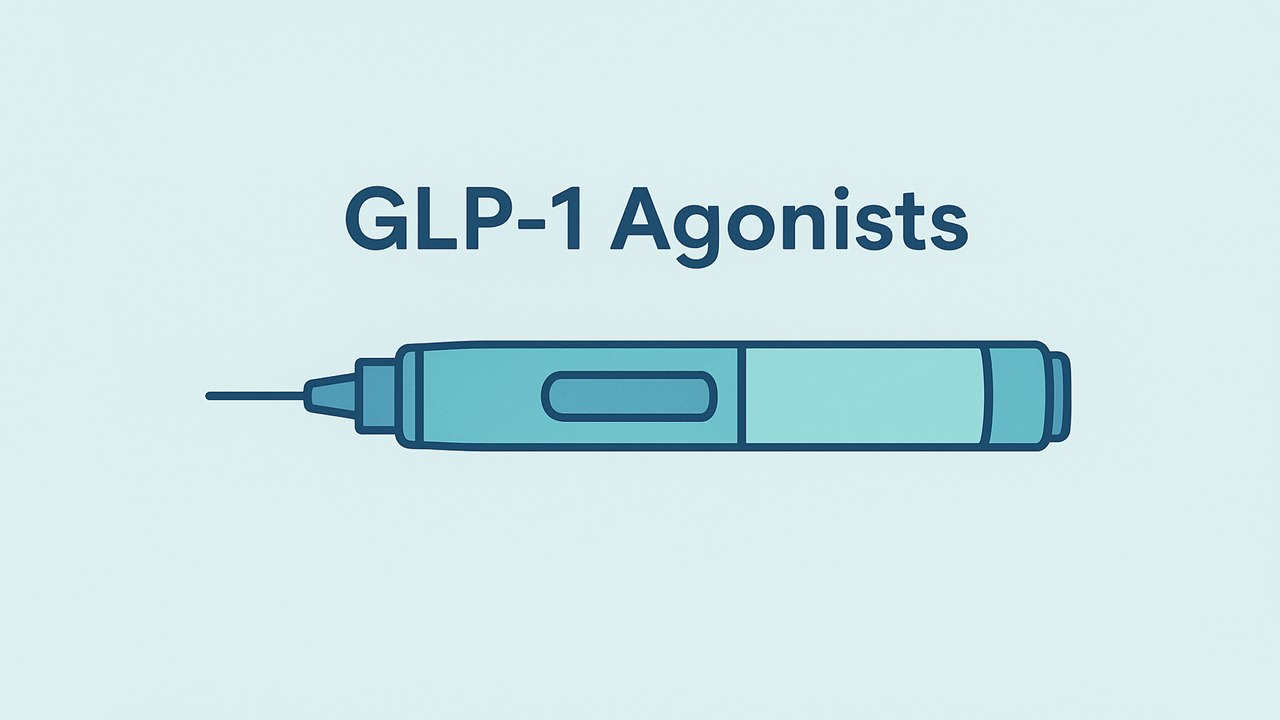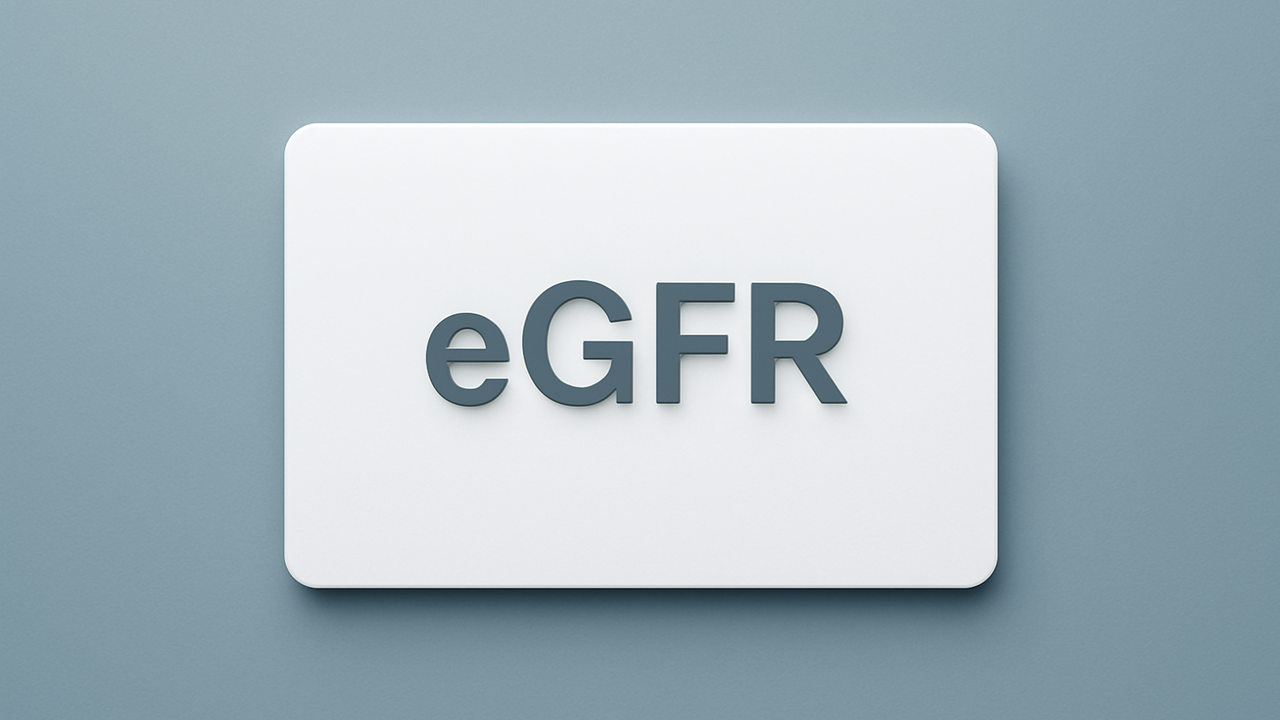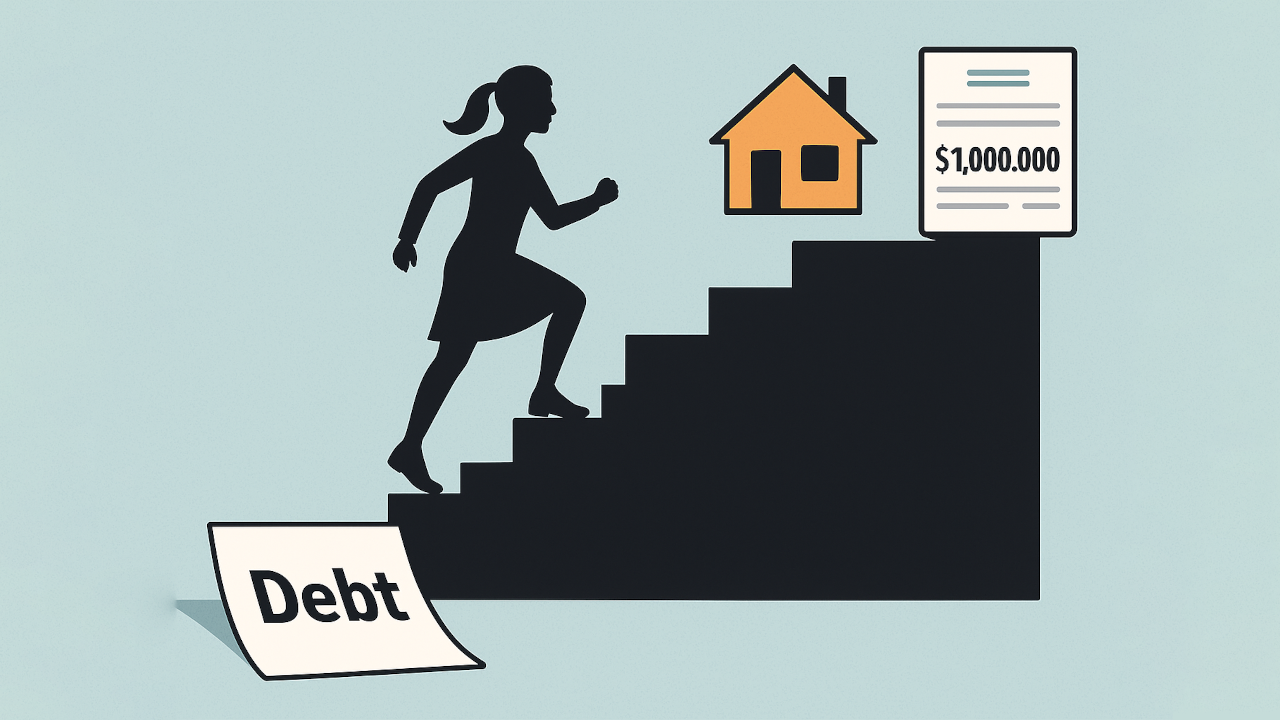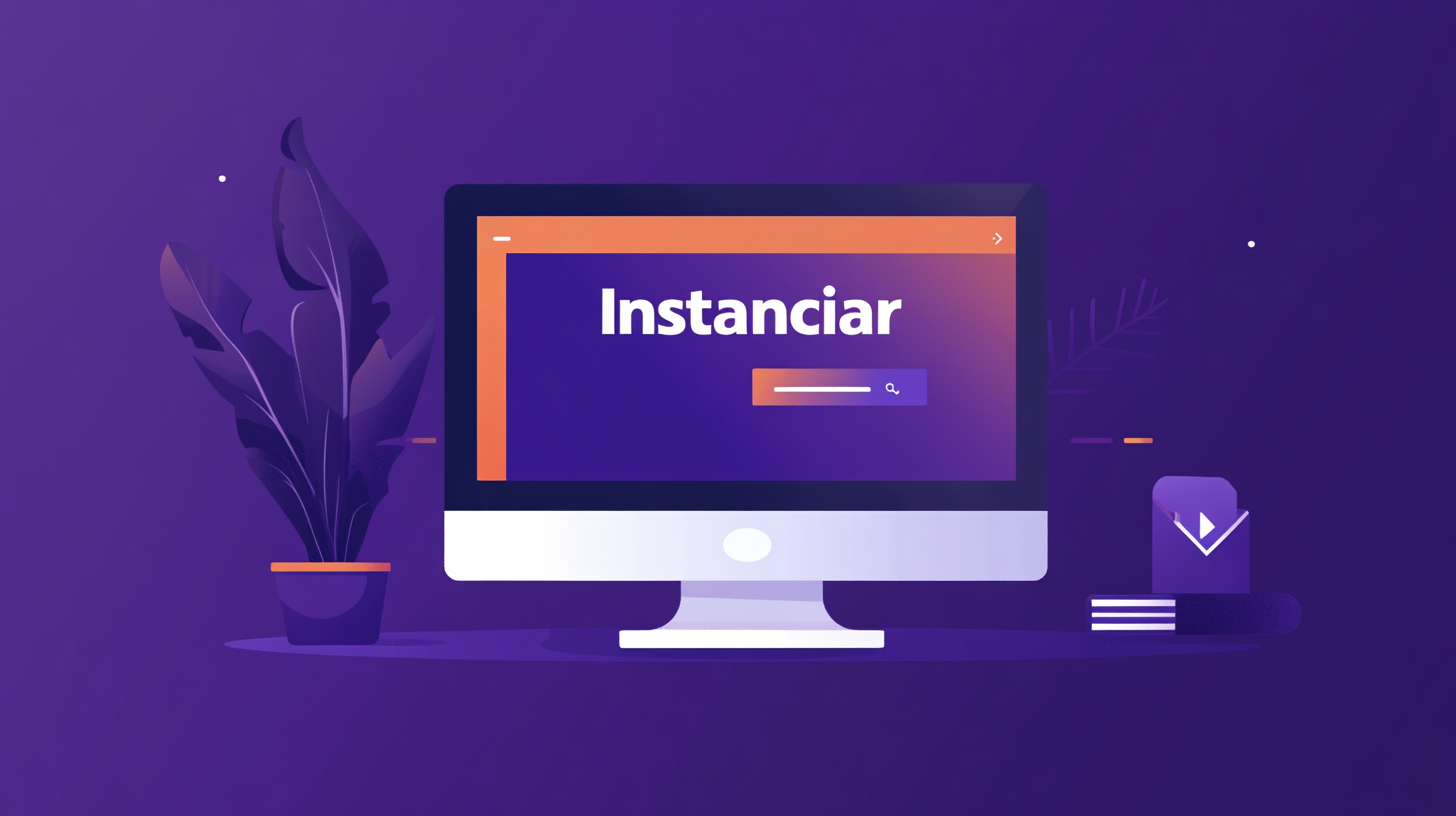What Is Ad Verification and How Proxies Fit In
Ad verification might sound complicated, but in short, it’s the process of confirming that online advertisements show up in the correct places, at the right times, and to the intended audiences. If you think about how many digital ads appear across thousands of websites daily, you’ll see that verifying each placement is legitimate can be a challenge. This is where the concept of ad verification technology (or “ad verification services”) comes into play—giving advertisers more confidence that their ads are not being wasted on spammy pages or placed next to content that’s brand-unsafe. On top of that, some folks manage to turn ad verification itself into a specialized service that can yield profit if done at scale. Let’s break down how it works, whether you really can make money from it, and the role proxies can play in ensuring accurate data.
Understanding Ad Verification in Plain Terms
Every time you see an advertisement online, from banner ads to pre-roll video spots, there’s a chain of technology behind the scenes deciding which ad to display. Ad verification essentially checks if the ad that’s served actually meets the campaign’s requirements. For example, an advertiser might not want their luxury car brand to appear on sites promoting controversial topics or nudity. They also might specify that they only want viewers from a certain country or age group. Ad verification tags or scripts can help track those impressions—making sure the viewer is truly from the correct geography and that the content environment is appropriate.
Another reason people use ad verification is to fight ad fraud. Malicious publishers sometimes artificially inflate ad impressions with bots, or they place ads “below the fold” so no one sees them. By verifying your ad placements, you detect these suspicious patterns and can withhold payment or ask for refunds. So yes, ad verification keeps the digital ad ecosystem healthier by rooting out low-quality or fraudulent placements.
Earning Money Through Ad Verification—Is It Possible?
This question arises frequently: can you, as an individual or a small business, profit from ad verification? Typically, ad verification is something advertisers or agencies pay for directly, or it’s included within an ad-tech platform’s offerings. You don’t usually get paid for simply verifying ads on your personal site. Instead, you might consider providing ad verification as a professional service to brands. In that scenario, you act like a consultant or an ad-tech partner who checks brand-safety compliance across thousands of publishers.
Consulting and White-Label Services: If you have expertise in data analysis and ad-tech tools, you can partner with smaller advertisers, ensuring each campaign is placed in brand-safe environments. The brand might pay you a monthly retainer for your monitoring.
Affiliate or Partnerships: Another angle, though less common, is to become an affiliate of an established ad verification platform. Perhaps you earn a referral commission when new advertisers sign up for that platform.
Developing Specialized Tools: If you’re a developer, you might create custom scripts or a mini dashboard that provides quick verification checks. Then you can license or sell that software to agencies lacking in-house solutions.
While it’s not a straightforward “turn on a switch and money flows in” type of income, you can indeed generate revenue if you position yourself as an ad verification specialist. The core is offering real value—helping companies combat ad fraud, confirm their ad guidelines are being followed, and avoid brand-safety mishaps.
How Proxies Come Into the Picture
Now, let’s talk proxies. A proxy is an intermediary server that routes your web requests through a different IP address or location. This might not seem relevant at first, but in ad verification, location or device-based checks are crucial. For instance, if your client’s campaign is supposed to run only in Canada, you’ll want to simulate a user in Toronto to see if the ad is actually showing up there. If you tried verifying from your normal IP in, say, Florida, you wouldn’t replicate the Canadian user’s environment accurately.
Proxies solve that problem by letting you appear to browse from the required region. They also allow repeated checks from multiple vantage points quickly. By doing so, you can confirm:
Geo-targeting: Are the ads served only to the countries or states you want?
Time-of-day compliance: Are the ads running at midnight local time as specified?
Device-specific: Did you promise to show these ads only on mobile devices? Using a mobile proxy or simulating a mobile user agent helps confirm that’s what’s happening.
Without proxies, your ad verification tasks could be limited to your real IP or location. That means you’d miss potential issues or fraudulent placements happening overseas. Also, proxies help you scale checks: you can run multiple verifications in parallel without triggering suspicion from websites that see too many requests from the same IP.
Varieties of Proxies for Ad Verification
If you’re new to proxies, you might wonder which types are best:
Datacenter Proxies: Generally the fastest, but they can sometimes be flagged by websites if used in large volumes. You might need multiple IP subnets so sites don’t detect a pattern.
Residential Proxies: More authentic, because each IP is associated with a real internet service provider and real user environment. This is especially helpful for checking realistic geolocation scenarios.
Mobile Proxies: For ads that specifically target smartphones or tablets on 3G/4G networks, mobile proxies replicate exactly that environment. Some advertisers demand that their campaigns appear only on mobile data connections, so you need a mobile vantage point to verify.
The one you choose depends on your budget, your need for authenticity, and the geographical spread you must verify. Datacenter proxies are cheaper, but if the website or ad network is sophisticated, they might block them. Residential or mobile proxies cost more but yield more reliable results.
Best Practices for Combining Proxies and Ad Verification Tools
On a practical note, if you decide to handle ad verification with proxies:
Plan Your Coverage: If your ads run globally, pick proxies that cover your main target countries.
Rotate IPs Regularly: Many ad verification tasks require repeated checks within short intervals. Rotating IPs ensures the site won’t instantly label your traffic suspicious.
Use Reliable Providers: A poor proxy that’s constantly down or slow can hamper your ability to deliver timely verification reports.
Leverage Automated Scripts: You might script your checks so every few hours, the system uses a random proxy from your pool to simulate a user from that region, logs whether the ad is shown, and reports any mismatch.
Document Everything: If you’re doing this as a paid service, you’ll need logs or screenshots as proof. Store them in a user-friendly dashboard. Clients appreciate having a quick place to see “yes, your ad displayed correctly in these 12 cities.”
Ready to supercharge your ad verification process with reliable proxies? Click Here to explore a range of high-performance proxy solutions and start verifying from every global vantage point—even on a tight budget. Don’t let location or device restrictions hold back your brand-safety checks!
Wrapping It All Up—Where Does This Lead Us?
Ad verification is far from a mundane chore: it’s vital for advertisers who demand brand safety, correct geo-targeting, and effective budgeting. Earning a living from it typically means offering consulting or a specialized tool that big or small advertisers need. The synergy with proxies arises from the need to simulate multiple user conditions and device geographies. By combining a robust verification process with well-chosen proxies, you can deliver accurate, real-time snapshots of how and where ads are running.
For you, it might be the next digital side business or a full-scale service if you spot a gap in your local market—especially among brands that have minimal knowledge about verifying ad placements on hundreds of sites. Meanwhile, if you’re an advertiser yourself or simply curious about where your money is spent, basic ad verification steps plus the right proxy usage can provide peace of mind.
No matter how big or small your operation, the end goal is the same: ensure each ad is shown exactly when, where, and how you intended. That helps maintain brand image, reduce wasteful ad spend, and fosters a healthier digital ad environment. So if you’re itching to try it out, remember to pick a good proxy solution, set up some simple verification scripts, and see if your ad distribution is truly hitting the mark. Because nothing’s worse than finding out your carefully crafted ad ended up lost in the wrong region or displayed among content that tarnishes your brand. By harnessing ad verification and leveraging proxies properly, you stay in control—and maybe even earn a few bucks along the way.






























